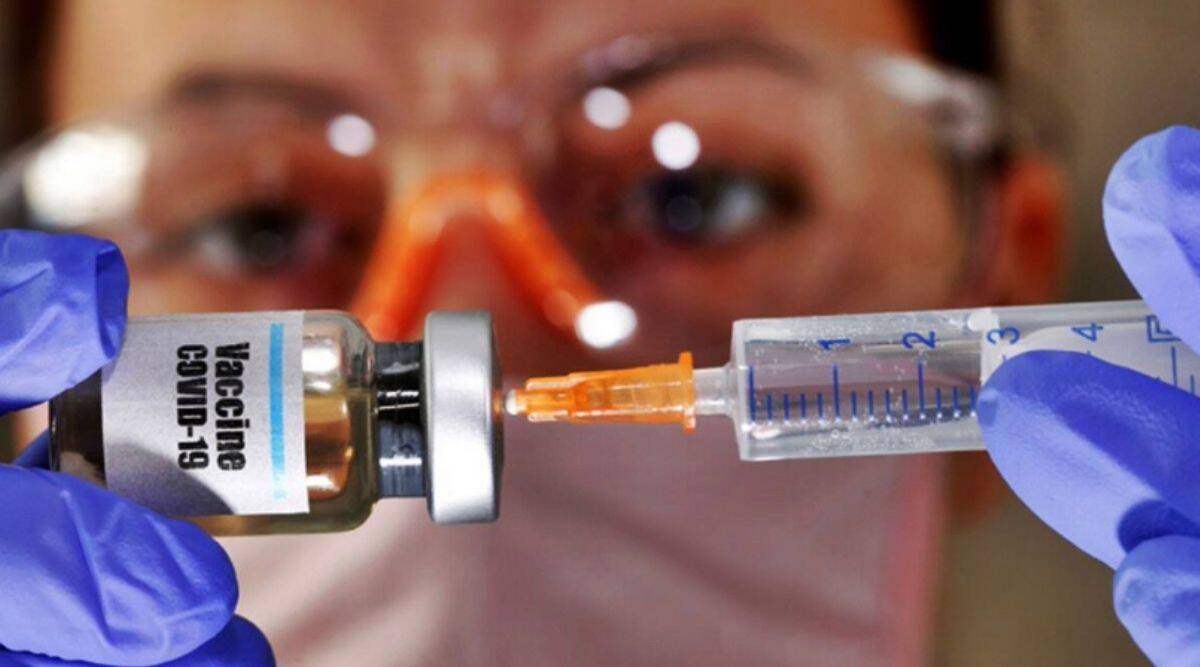 On booster doses, the expert said the precaution shot need not necessarily be the same vaccine.
On booster doses, the expert said the precaution shot need not necessarily be the same vaccine.The key to taming the recent surge in COVID-19 cases is going back to non-pharmaceutical interventions (NPIs) like maintaining COVID-appropriate behaviour, masking, ventilation of indoor spaces and social distancing, say infectious disease experts. But above all, we should not be ignoring the booster dose. Without being alarmist, as cases rise in several states like Maharashtra, Kerala, Delhi, Karnataka and others, it is time to revisit protocols for better management and recovery.
WHAT ARE THE SYMPTOMS THIS TIME?
Quite like the third wave, the few patients, who have presented themselves for diagnostic examination so far, have usually shown upper respiratory system-related symptoms. So you still have a scratchy or sore throat, runny or blocked nose, dry cough and fever. “However, we haven’t seen severe symptoms such as breathlessness or the need for hospitalisation,” says Ahmedabad-based infectious disease specialist Dr Atul Patel.
Ahmedabad-based general physician, Dr Dhiren Mehta, too says that low-grade fever is the common complaint among patients “followed by symptoms such as body pain or fatigue that happen to last a few more days.”
Best of Express Premium
WHY IS TESTING SLOW?
According to Dr Mehta, many patients are not going in for a diagnostic test because “they are dismissing the symptoms as those of common flu, which generally affects everybody during a season change. Also, the cases are milder than what we saw in the Omicron-fuelled third wave. So a lot of people now are directly opting for over-the-counter medication.”
IS THE RESURGENCE OF COVID BECAUSE OF LAXITY IN THE BOOSTER DOSE?
The booster dose uptake has been dismal across India, with only 3.90 crore precautionary doses administered so far compared to the 101 crore first doses and 90 crore second doses administered so far, as per the CoWIN dashboard. As a Government official in Ahmedabad explained, a key deterrent, despite many being eligible, is that precautionary doses have to be paid for, a decision many are opting out of. Dr Mehta adds, “Most patients have taken the mandatory two doses but have not yet taken the precautionary dose. Some say they are not sure if they want to take it despite our insistence. Many also say ease of accessibility is an issue (with the urban health centres or primary health centres only administering the precautionary doses to those above 60 years while the rest have to take it at designated sites).”
Then there is the matter of perception regarding efficacy of the booster dose. Dr Patel quotes a 1,000-patient study, which has assessed the impact of Covishield vaccination (which 92% of the cohort received) and is about to be published, as concluding that two doses “significantly reduce severity and mortality even against the Omicron variant.” However, he adds, that among those in the cohort who also took the precautionary dose, “no statistically significant difference was seen among those who received the two-dose versus those who received the third dose.”
WHY ARE YOU GETTING INFECTED FREQUENTLY?
“Omicron, including its sub-variants (BA.1, BA.2, BA.4, BA.5) have been seen to be immune evasive following vaccination-induced immunity or after natural infection or hybrid immunity (those who have past history of infection along with vaccination). Thus technically, those affected in the third wave (assuming they were infected by the Omicron variant) run the risk of getting infected again now in the present surge. Doctors believe that post-recovery, you could technically contract an infection between one and six months. But the advantage is that the disease severity will be much less and mortality will be statistically significantly reduced. “Long COVID-19 effects were not as commonly seen in third wave patients compared to those seen among second wave patients (when Delta was the predominant variant in circulation),” says Dr Patel.
- The Indian Express website has been rated GREEN for its credibility and trustworthiness by Newsguard, a global service that rates news sources for their journalistic standards.

